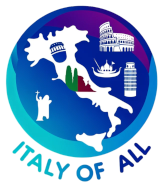Italy is divided into 20 regions, which serve as the first-level administrative divisions of the country. Each region has a degree of autonomy granted by the constitution. This autonomy means that regions can legislate and make decisions on various local matters in accordance with the national framework. The regions vary greatly in area, population, and economic and cultural characteristics. They range from the densely populated and industrialized Lombardy in the north to the more rural and less populated regions like Molise and Basilicata in the south.
The regions are further divided into provinces and then into municipalities. The division into regions was formalized in 1948, with the intention of decentralizing administrative duties and recognizing the diverse historical, cultural, and social identities of the areas that make up Italy.
All of Italy’s Regions:
- Abruzzo
- Aosta Valley
- Apulia
- Basilicata
- Calabria
- Campania
- Emilia-Romagna
- Friuli-Venezia Giulia
- Lazio
- Liguria
- Lombardy
- Marche
- Molise
- Piedmont
- Sardinia
- Sicily
- Trentino-Alto Adige
- Tuscany
- Umbria
- Veneto
Each region has its unique characteristics, from the German-speaking population in Trentino-South Tyrol to the ancient ruins of Lazio. The regions contribute to Italy’s rich diversity in cuisine, culture, and history.
